Want to get the very best out of your ground-breaking Toyota hybrid? We’ve gathered a number of hybrid driving hints and tips that will help you to get the best from the system, improving fuel consumption and getting you further for less.
Whichever Toyota hybrid you’ve set your heart on, the following tips and pointers should maximise the range and fuel economy of your Toyota.
The basics
It’s not just hybrids that benefit from the first seven tips – these will help to improve any car’s fuel efficiency:
- Clear out the boot! Keeping the boot free of unnecessary weight will give your car and immediate boost in performance and economy.
- Check your tyre pressures – dig out your owner’s manual, and do a weekly check to ensure that your tyres are correctly inflated in line with Toyota’s recommendation. Or read our handy tyre pressures article here.
- Think ahead – by planning your journeys, you can avoid traffic jams and minimise the likelihood of getting lost.
- Shut up! Closing the windows and sun roof at speeds above 45mph will reduce drag, reducing fuel consumption.
- Remove unused roof racks, boxes and bike racks – they’re a real drag too!
- Steady as she goes – maintain a steady speed and don’t go over the speed limit.
- Smoothly does it! Try to avoid sudden braking or acceleration.
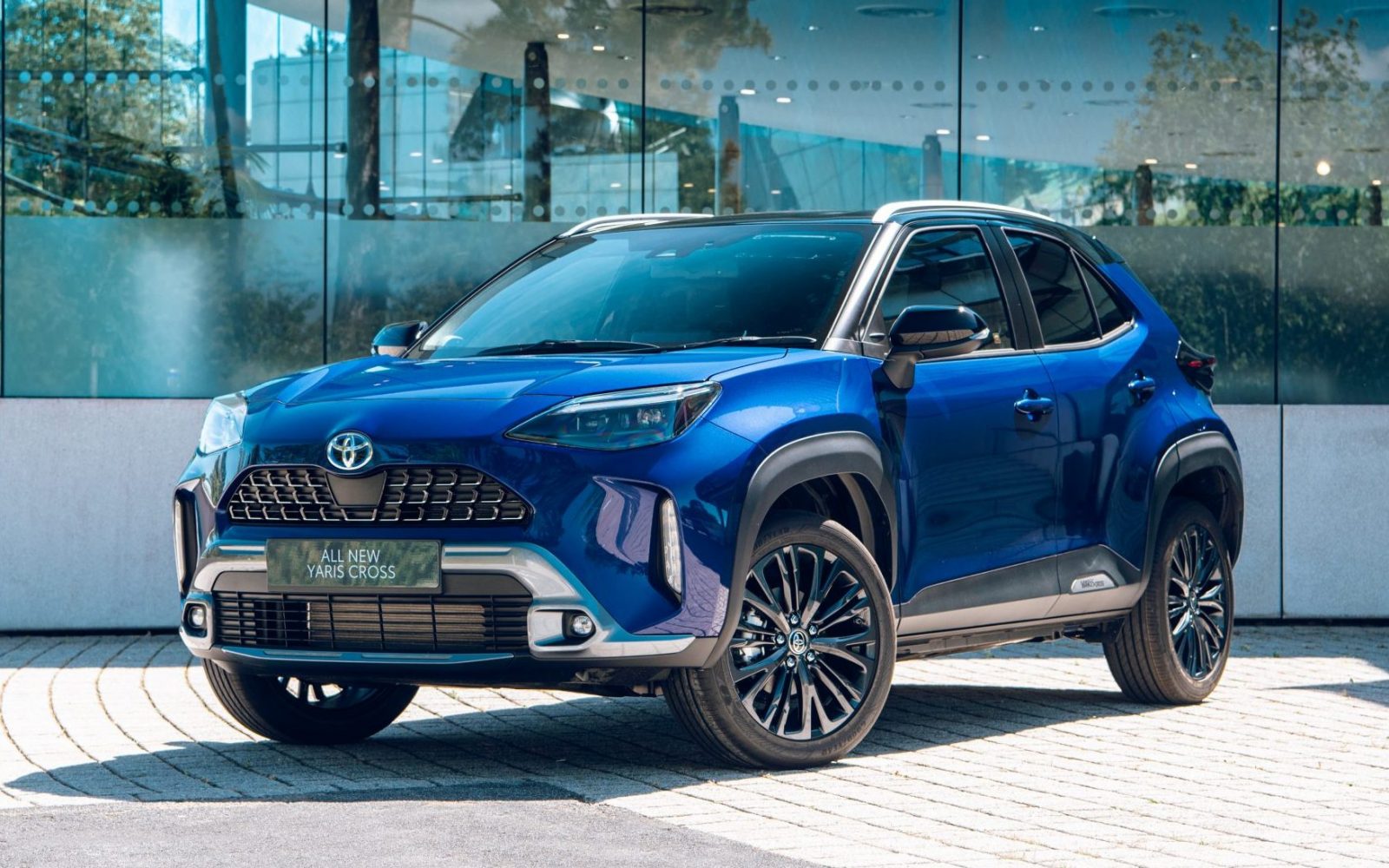
Hybrid driving: hybrid-specific tips
Sorry everyone else, but these tips are for hybrids only:
- Become familiar with the hybrid information display so you can know how much energy is being used.
- EV does it! Keep the car in EV mode as much as possible by using the accelerator gently, pressing it lightly but consistently.
- Improve efficiency with ECO mode, which reduces aggressive throttle response.
- Harvest time – braking gently and early helps the regenerative braking harvest more energy, which means EV mode can operate for longer periods.
- Keep an eye on the dials and gauges to fully understand the hybrid system and manage the charge levels in the hybrid’s high-voltage battery.
- If you’re in stop-start traffic, don’t put the car in neutral (‘N’) when stationary, as electricity will not be generated and the hybrid battery will discharge.
- Consider using cruise control (where fitted) to maintain steady speeds.
- When using climate control, Re-circulate mode reduces energy usage.
- Think about the environment! Constant or heavy use of systems like air-con, lights and wipers will increase energy consumption.
Hybrid driving: drive modes
Toyota hybrids have four drive modes: Normal, EV, Eco and Power. When you first start your hybrid, the car defaults to the ‘Normal’ drive mode, which automatically manages the most efficient use of both the engine and the battery.
Drivers can also select one of the car’s on-demand drive modes to achieve better fuel consumption in certain settings.

These drive modes are: EV Mode where the car is powered by the battery only during city driving, running near-silent and with no tailpipe emissions; Eco Mode that reduces A/C output and lessens throttle response to limit harsh acceleration; and Power Mode which boosts acceleration by using the hybrid battery to assist the petrol engine.
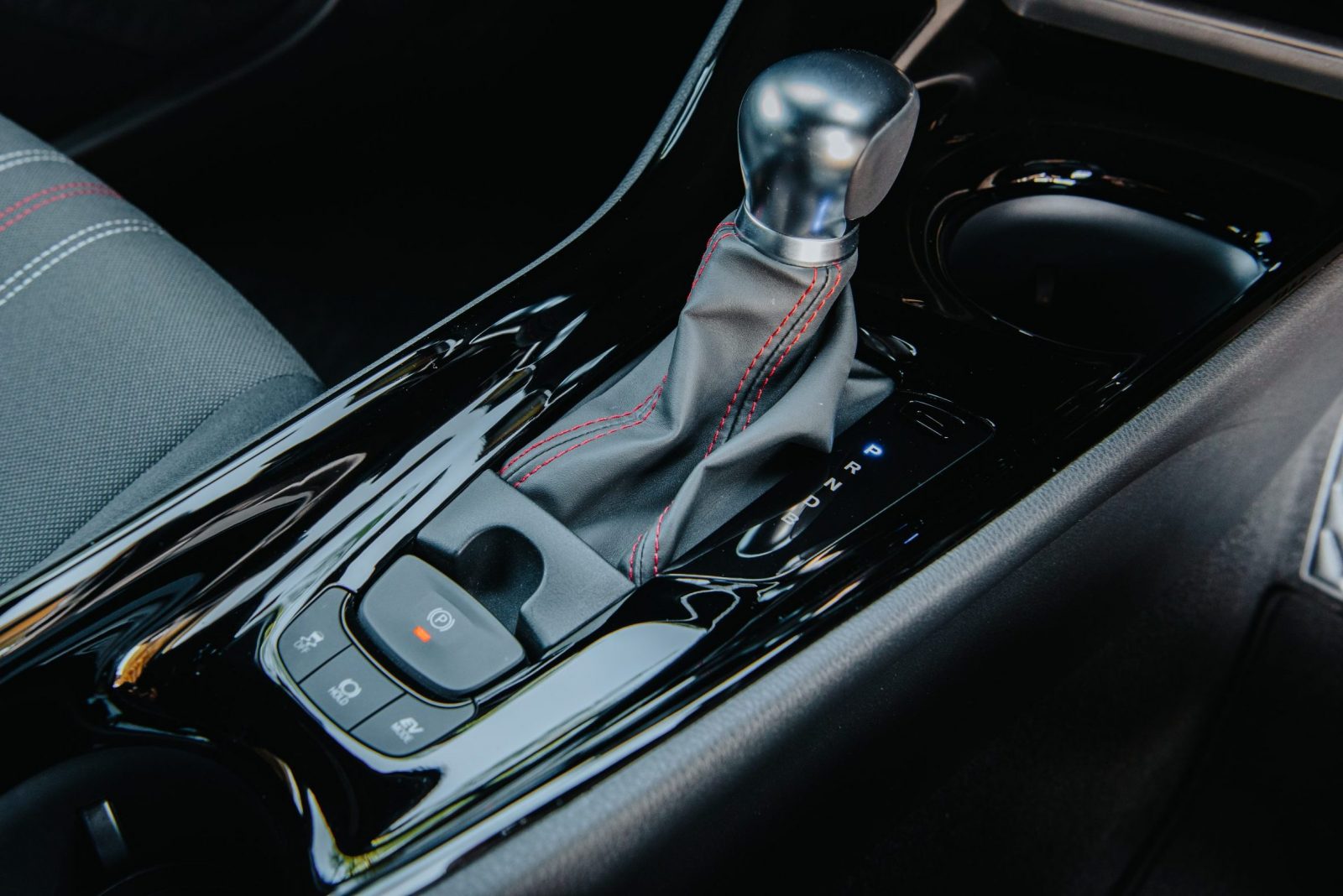
The shift lever offers four positions: R (Reverse), N (neutral), B (engine braking) and D (drive). For normal driving, D (drive) is absolutely fine, but should you need it, position B has the effect of engine-braking handy when descending a steep hill, for example. It’s not recommended to leave the car in position B for normal driving, mainly because you’d end up using more fuel than necessary!
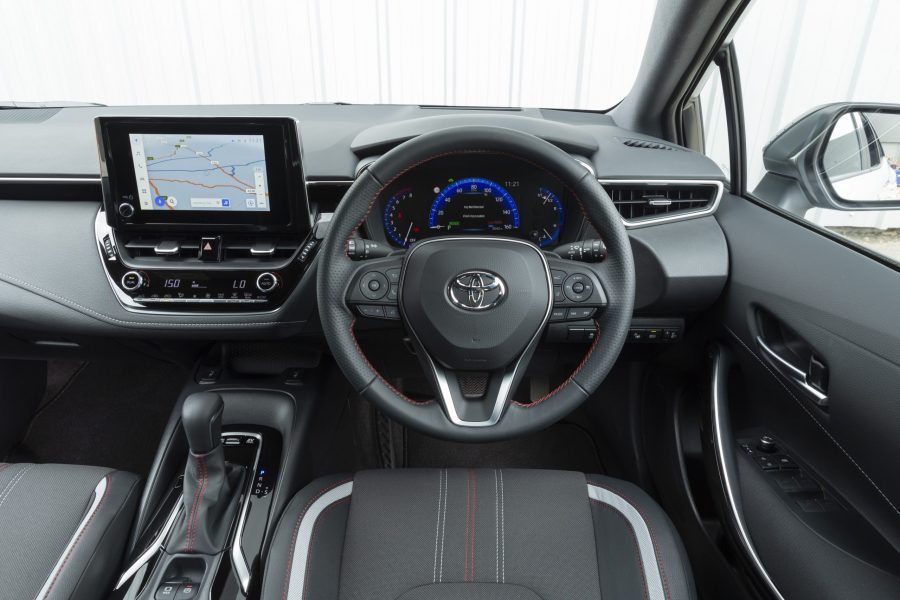
Hybrid driving: read the road ahead
Another great hybrid driving tip is to use the car’s battery whenever possible.
Another great hybrid driving tip is to use the car’s battery whenever possible. You can do this in town and urban driving by accelerating to your required speed, easing off the accelerator and then gently easing the accelerator on again. By doing this, you can activate EV mode – indicated by the dashboard light – which means that the engine has switched off and you are using the electric battery.
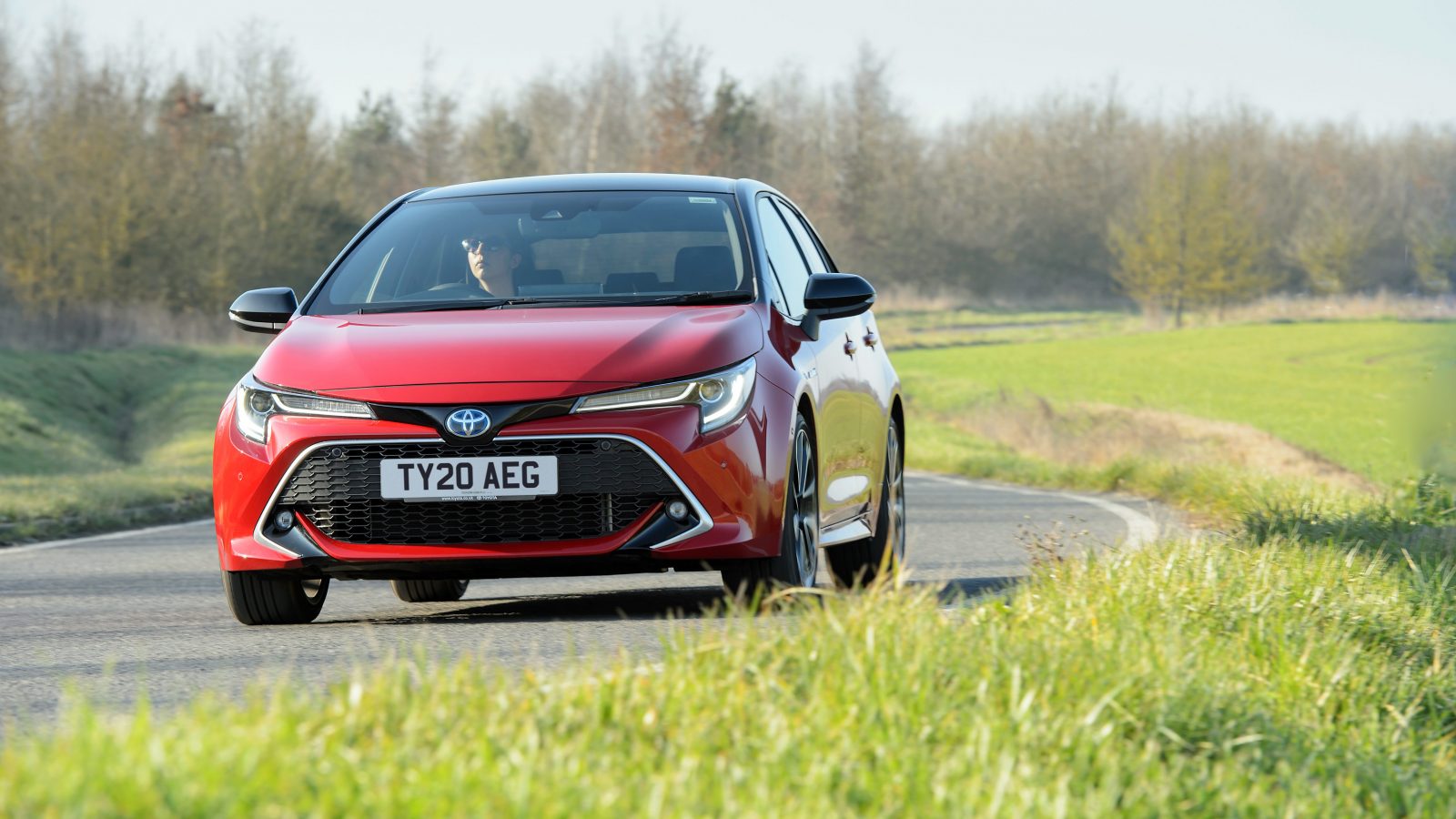
Try to maintain a constant speed and, as always, it’s important to read the road ahead. By doing this, you can reduce the amount of unnecessary braking and accelerating, using less fuel. Braking slowly and gently also maximises the amount of energy recovered by the regenerative braking system on the car.
Other factors to consider
Bear in mind that there are many factors that can affect a car’s performance, hybrid included. On cold days, your car will use more fuel as it warms up, but once it’s reached its optimum temperature, the MPG figures will increase.
Also, during the winter, you’re more likely to be using the air-conditioning, lights and wipers, all of which will use some electrical power from the battery. If you regularly travel the same route, don’t be surprised if you get better MPG figures during the summer than in the winter!
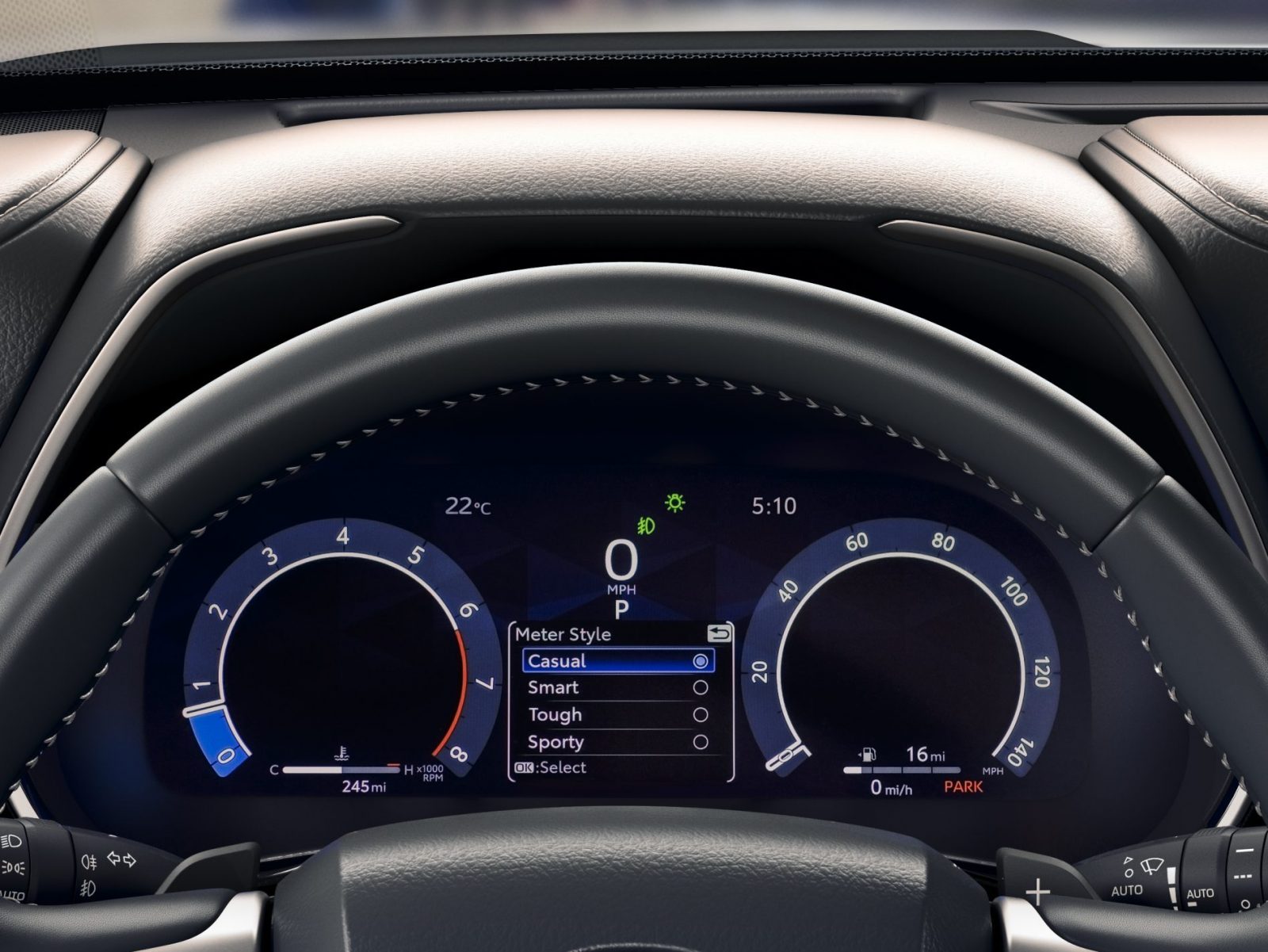
If you’d like more hybrid driving tips or want to discuss your driving technique with other hybrid owners, it’s worth visiting the Hypermiler website.
As a final note, please remember that these hybrid driving tips are published as general guidance on how to get the best fuel economy from your Toyota hybrid. Toyota encourages and supports safe driving at all times – please adhere to the rules of the road.
Read more: Toyota hybrid – how does it work?
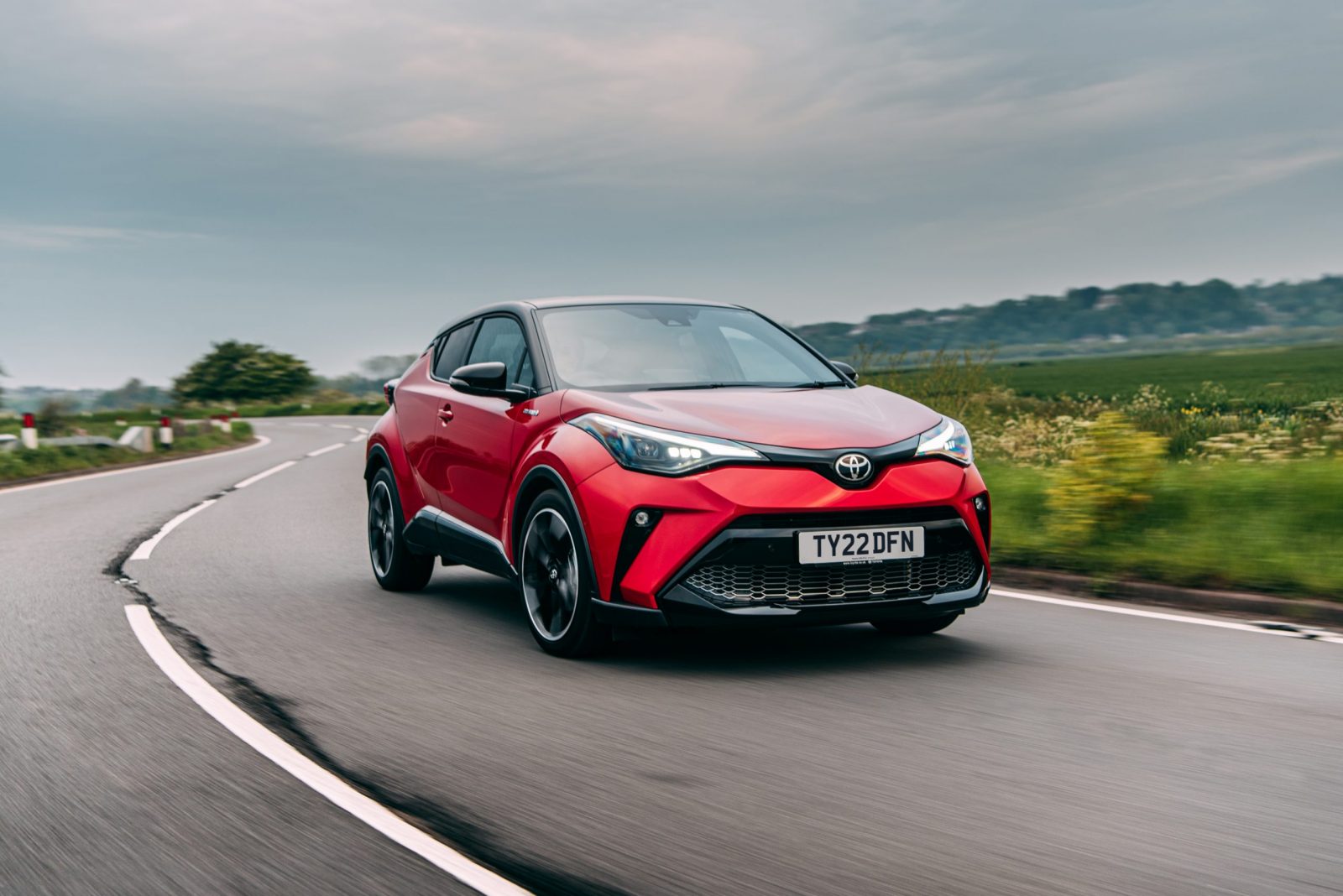
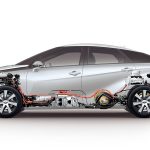

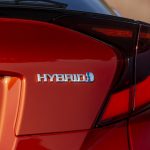




I have a Toyota CHr 2019 plate, the charge never goes above half way on the dashboard gauge, is this right?
Hi Rachel, thanks for your question.
The charge area for this vehicle is displayed in the first secton of the Hybrid System Indicator. This refers to the energy which is being recovered via the regenerative brake. Up to the halfway point on this gauge represents the Hybrid Eco Area and Eco Area.
Please see your Owner’s Manual for more information on this. However, if you believe there is an issue, please contact your Toyota Centre so that they can inspect this.
Thanks.
Hi
I have Toyota CHr 22
I used to fill it full tank used to give me 485 Mail
Now after few months full tank will give me only 375 Mail !!!!!?
Anyone can explain that’s why
Hi Dawoor, thanks for your question.
Hybrid fuel efficiency depends on many factors, such as weather and driving style.
As with any vehicle, minimising hard acceleration, keeping your overall speed down, maintaining a smooth, constant speed whenever possible and planning ahead to manage your interactions with other vehicles and conserve your car’s momentum are all fuel-saving essentials.
However, if you believe there is an issue with your vehicle, please contact your Toyota Centre.
Thanks.
What to do when accelerating from stationary position. Accelerate to desired speed with electric motor or with the petrol engine?
Hi Jim, thanks for your question.
It is recommended to keep the car in EV mode as much as possible by using the accelerator gently.
Thanks.
Why does my Toyota Corolla sport struggle up hills
Hi Linda, thanks for your comment.
If there is an issue with your vehicle, please contact your Toyota Centre.
Thanks.
I have a Yarris Y20 2019 reg .
I have a tyre inflation compressor that plugs into the cigarette lighter. In my previous petrol engine car it was recommended to keep the engine running whilst pumping the tyres. Is it Ok to use on my hybrid? Will the petrol motor cut in if the voltage falls?
Alan Tyrrell
Hi Alan, thanks for your question.
We can only advise following the guidance given with the tyre inflation compressor itself or from the supplier.
Thanks.
What are the correct OE tyres for a 2004 Yaris 1.3 ?
Hi Jimmy, thanks for your question.
Please provide a Vehicle Registration so that we can look into this.
Thanks.
My RAV4 doesn’t have a B mode. What is the equivalent?
Hi Robert, thanks for your question.
Please provide your Vehicle Registration so that we can look into this.
Thanks.
My RAV4, WJ22LCC, does not have a B mode on the gear shift. What is the equivalent?
Hi Robert, thanks for your question.
The different shift positions on this vehicle are:
P = Parking the vehicle/starting the hybrid system
R = Reversing
N = Neutral
D = Normal driving: To improve fuel efficiency and reduce noise, shift the shift lever to D for normal driving. For vehicles with paddle shift switches only: Selecting shift ranges in the D position allows suitable use of engine braking.
S = S mode driving: By selecting shift ranges using S mode, you can control accelerating force and engine braking force.
Thanks.
My RAV4, WJ22LCC, went to the dealer for a recall a week ago. A software upgrade I think. Since then the My T App has been failing to record most journeys. It appears to know where the vehicle is though. I’ve seen other queries about this, a known problem. What’s the remedy please?
Hi Robert, thanks for your comment.
Our Connectivity Team are best placed to advise you on this. You can find them here: https://www.toyota.co.uk/help-centre/connectivity.
Thanks.
Hi, reading the comments above it recommends not putting it into neutral for a prolonged stop. However I read an article that said by leaving it in drive at traffic lights for example is like keeping a manual car at the biting point for the same length of time which I wouldn’t do as it would burn out the clutch. I believe there’s a clutch of some kind in my automatic, I’ll be replacing it with a new one in December. So basically can you let me know which is the best driving practice please, being a driving instructor I spend a lot of time on the road and in my opinion the potential problem caused by leaving it in drive for a prolonged period at lights would cost a lot more to sort out than the potential regenerating power lost? Thanks.
Hi Antony, thanks for your question.
Our Technical Team have advised that The Toyota HSD (Hybrid Synergy Drive) does not operate with a clutch mechanism. It utilises a split drive device with an EMG (Electric Motor/Generator) and the ICE (Internal Combustion Engine).
If left in ‘N’ it is not possible to charge the HV battery using the ICE whilst stationary. This is due to the connection with the drive wheels. This is why the recommendation has been made to not use the ‘N’ position if stationary for long periods.
If left in ‘P’ and the HV battery needs to be charged, the ICE can start up and provide this function.
We hope this helps.
Thanks.
I have a 72 plate Toyota Yaris Cross Excell and only average 51.5mpg,well below Toyota levels.Iam 72 years young and i do not drive fast.The EV Mode does not come on as often as i would have thought either warming up or not available. Am I doing something wrong. Thanks William Moore.
Hi William, thanks for your comment.
Hybrid fuel efficiency depends on many factors, such as weather and driving style.
As with any vehicle, minimising hard acceleration, keeping your overall speed down, maintaining a smooth, constant speed whenever possible and planning ahead to manage your interactions with other vehicles and conserve your car’s momentum are all fuel-saving essentials.
However, if you believe there is an issue with your vehicle, please contact your Toyota Centre.
Thanks.